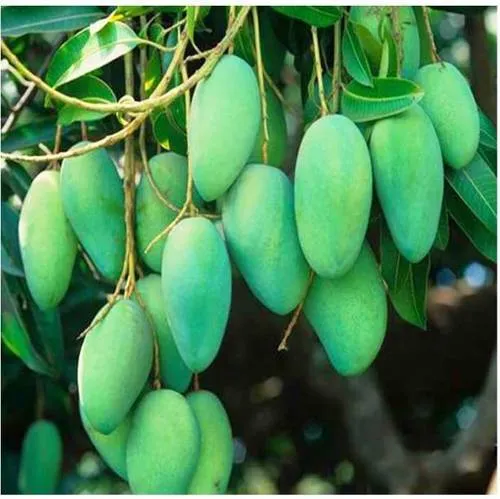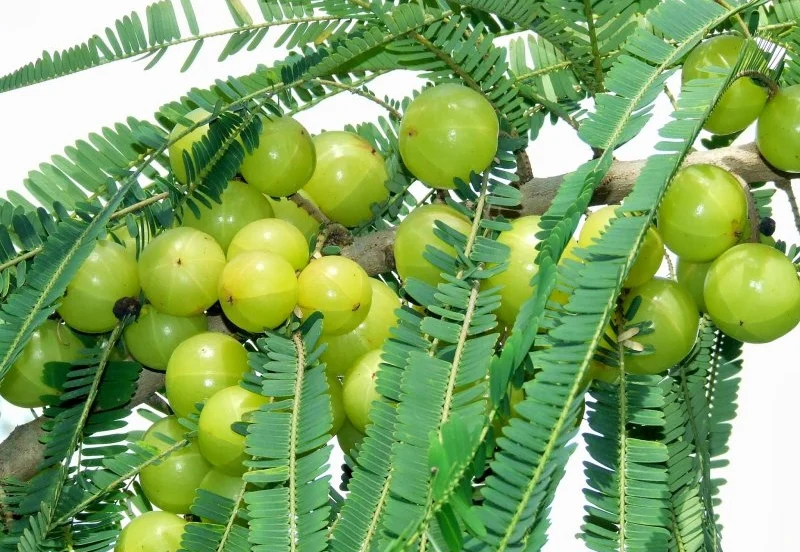
Hachiya persimmon is a sweet and tangy fruit that is native to Asia, but has gained popularity worldwide for its unique flavor and versatility. In this blog post, we’ll explore the flavor profile, nutritional benefits, and culinary uses of Hachiya persimmon.
Flavor Profile
Hachiya persimmon has a sweet and tangy flavor, similar to a combination of apricot and mango. The flavor is often described as sweet and slightly tart, with a hint of spice. The fruit is typically eaten raw, and its sweetness can vary depending on the ripeness and variety.
Nutritional Benefits
Hachiya persimmon is a nutrient-rich fruit that offers several health benefits. It is an excellent source of:
- Fiber: Supports healthy digestion and bowel function
- Vitamins A and C: Boosts immunity and antioxidant levels
- Potassium: Helps regulate blood pressure and supports heart health
- Antioxidants: Protects against cell damage and chronic diseases
Hachiya Persimmon Plant Care in SoCal: Tips for Growing this Delicious Fruit
Hachiya persimmon (Diospyros kaki) is a popular fruit tree in Southern California, known for its sweet and tangy fruit. Here’s a comprehensive guide to help you care for your Hachiya persimmon plant in SoCal:
Planting and Soil Requirements
- Choose a suitable location: Hachiya persimmon trees prefer full sun to partial shade and well-draining soil.
- Soil pH: Hachiya persimmon trees prefer slightly acidic to neutral soil with a pH between 6.0 and 7.0.
- Space correctly: Plant Hachiya persimmon trees 15-20 feet apart to allow for proper air circulation and growth.
Watering and Fertilization
- Water regularly: Water your Hachiya persimmon tree regularly, especially during its first year after planting. Aim for about 1 inch of water per week.
- Fertilize: Feed your Hachiya persimmon tree with a balanced fertilizer (10-10-10 NPK) in early spring and again after harvest.
Pruning and Pest Management
- Prune annually: Prune your Hachiya persimmon tree annually to promote healthy growth, fruiting, and air circulation.
- Monitor for pests: Keep an eye out for pests like aphids, whiteflies, and spider mites. Use organic or chemical controls as needed to prevent infestations.
Common Issues and Solutions
- Fungal diseases: Hachiya persimmon trees are susceptible to fungal diseases like powdery mildew and root rot. Use fungicides or remove infected leaves to prevent spread.
- Pests: Regularly inspect your tree for signs of pests and take action promptly.
- Nutrient deficiencies: Fertilize regularly to prevent nutrient deficiencies.
Tips for Growing Hachiya Persimmon in SoCal
- Choose a variety: Select a Hachiya persimmon variety that is well-suited for SoCal’s climate.
- Mulch around the base: Mulching helps retain moisture, suppress weeds, and regulate soil temperature.
- Provide support: Hachiya persimmon trees can become top-heavy with fruit. Provide support using stakes or trellises to keep them upright.
Harvesting Hachiya Persimmons
- Wait for ripeness: Hachiya persimmons are typically ripe when they’re bright orange and slightly soft to the touch.
- Harvest carefully: Harvest Hachiya persimmons carefully to avoid damaging the fruit or the tree.
By following these guidelines, you’ll be well on your way to growing a healthy and productive Hachiya persimmon tree in SoCal. With proper care and attention, you’ll be enjoying delicious and tangy Hachiya persimmons in no time!



